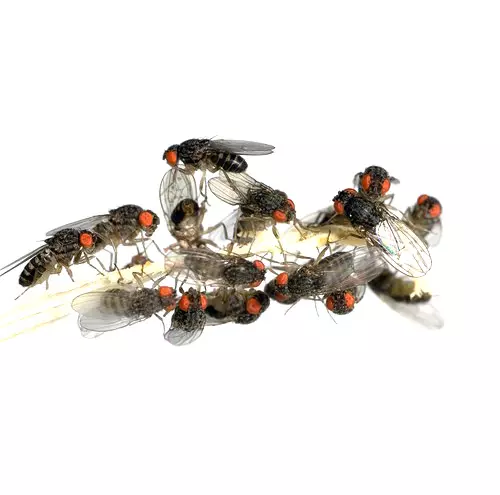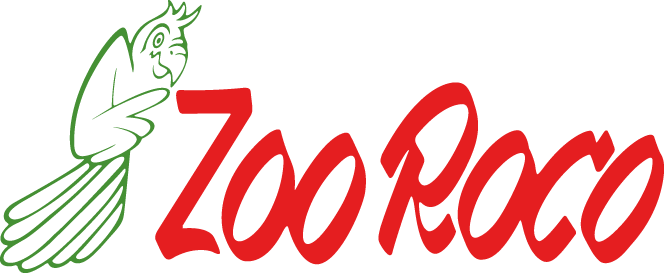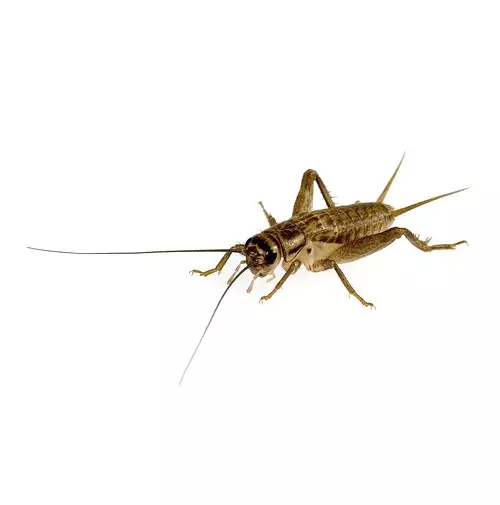

CHF 5.90
Stock: 3
Available, delivery time: 1-3 days

Fruit flies (Drosophila hydei)
Fruit flies are the smallest flies that are commercially grown as food animals.
However, these flies were originally bred for genetic research because the reproduction duration of the fly is very short. To the animals to better affairs, copies were bred with crippled wings. This flies have lost their ability to fly. Gladly will Drosophila to amphibians, reptiles and small offspring of young spiders, but also fed on small ornamental birds.
Even with the greatest care, it can happen that food animals die as a result of temperature fluctuations or incalculable events. We assume no liability for this.
7 of 7 reviews
4.64 out of 5 stars
Login
31 October 2024 08:24
Werde wieder bestellen
kann ich nur Empfehlen
15 September 2024 15:08
Werde wieder bestellen
Die Qualität war sehr gut und die Verpackung mit dem Deckel hat mich überzeugt Super
12 November 2020 11:37
bestens geeignet für das Frösche Terrarium
Sehr gute Qualität, super verpackt, leider gibt es kein Versandstatus
22 February 2019 08:19
sonst alles prfekt...
Drosophila sehr gut, gut verpackt:) Vorauszahlung für Schulen nicht geeignet, kommt zu spät, die Spontanität geht verloren.
16 November 2018 09:29
Top Qualität
PERFEKT :-) Preis/Leistung stimmt.
15 October 2018 08:43
stinken nicht prima guter...
stinken nicht prima guter entwicklungs grad
19 September 2017 07:02
Gute Kultur aus gleichen ...
Gute Kultur aus gleichen Tieren.
Customers also bought
Similar products
Customers also viewed







.jpg)











